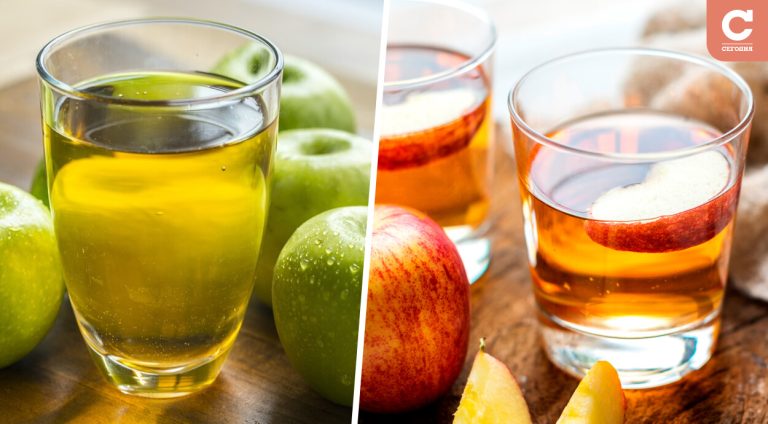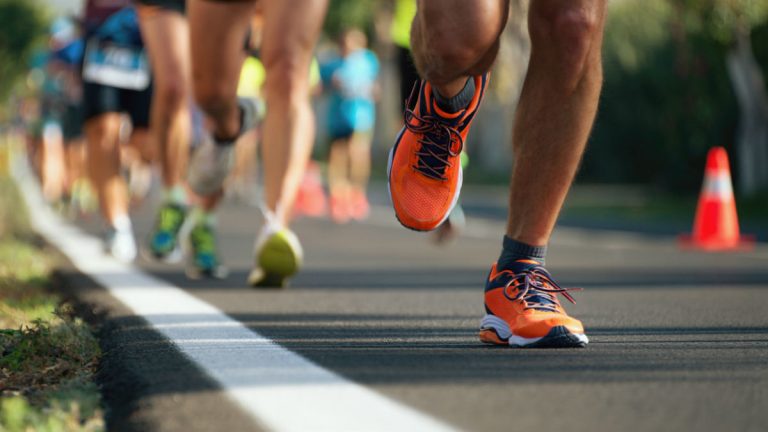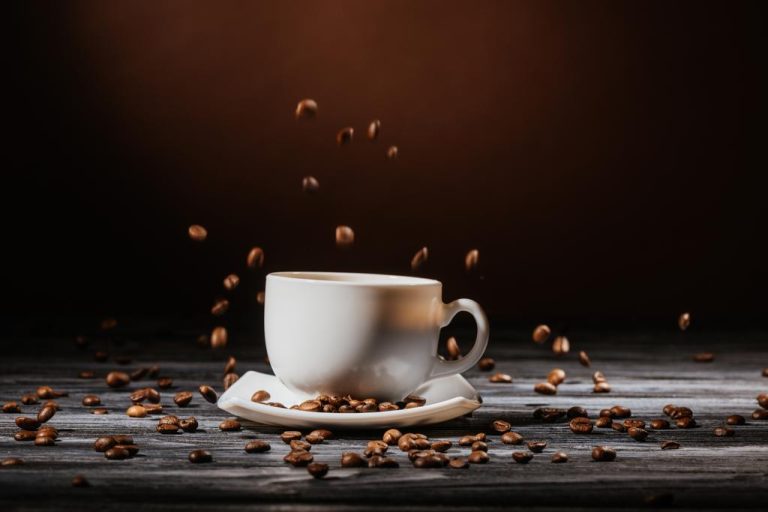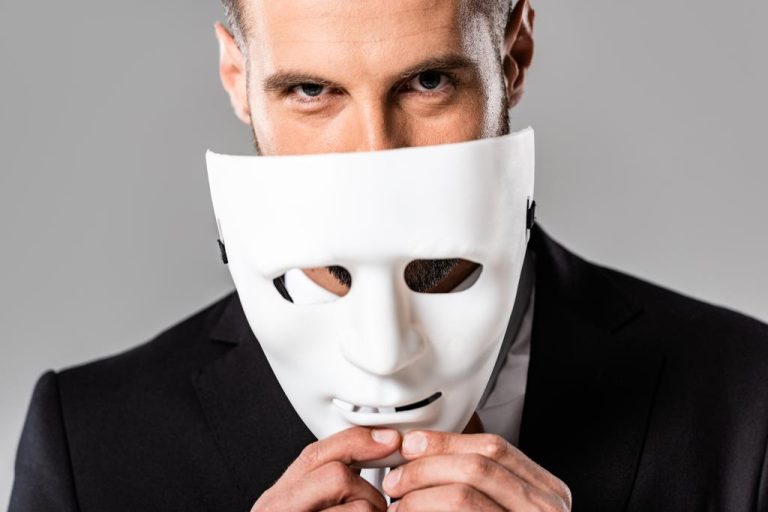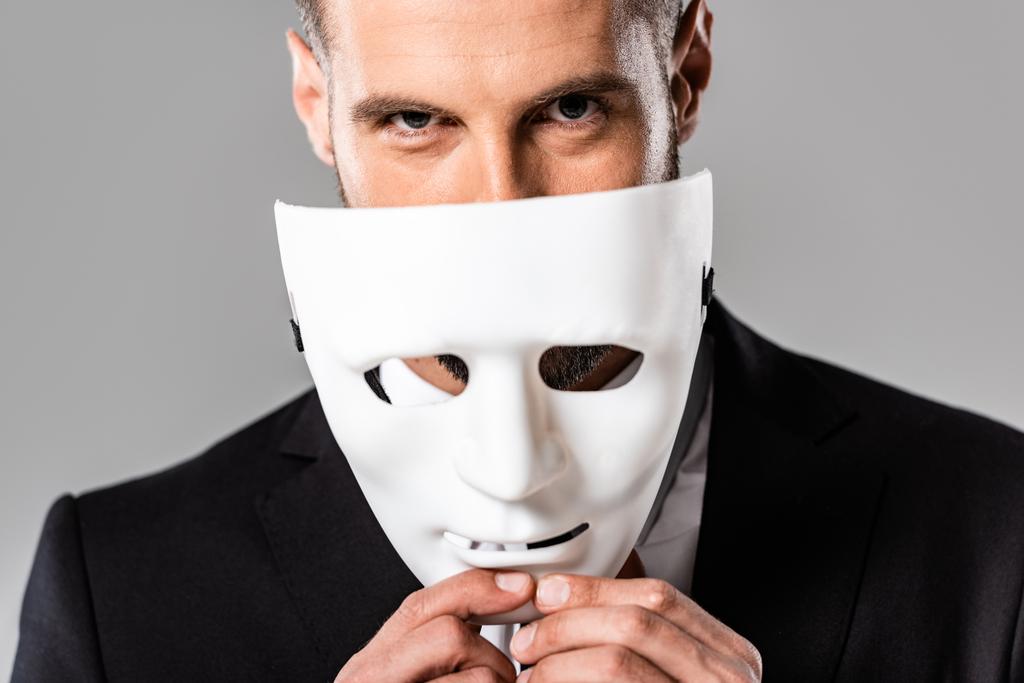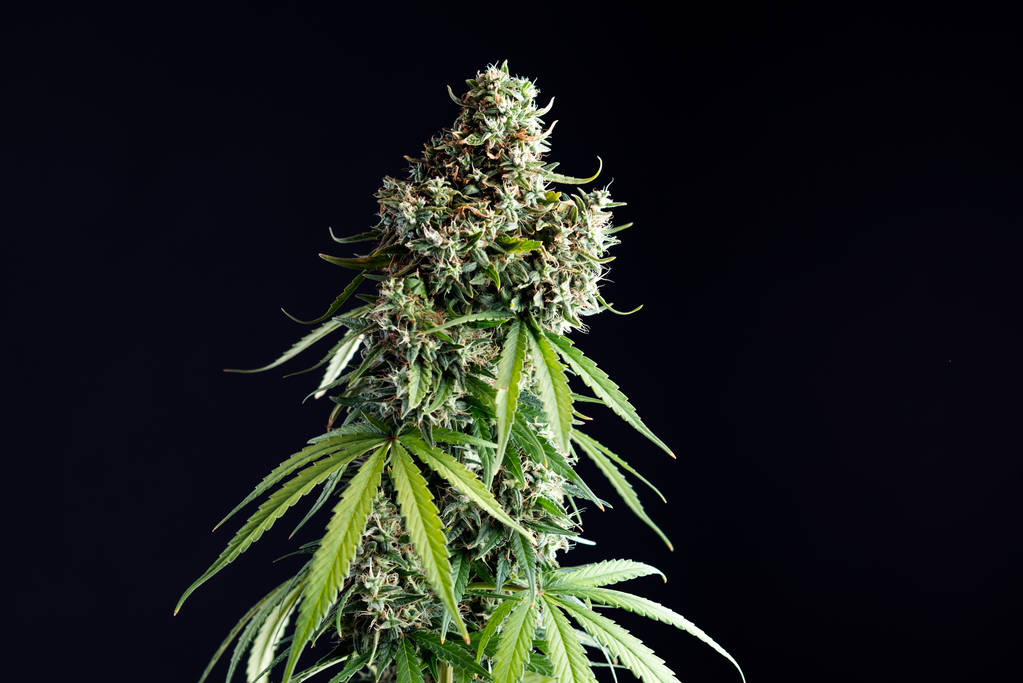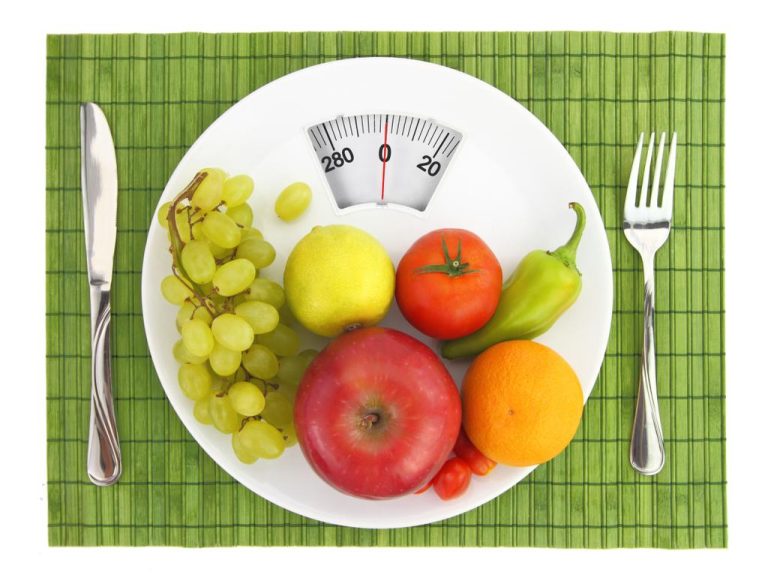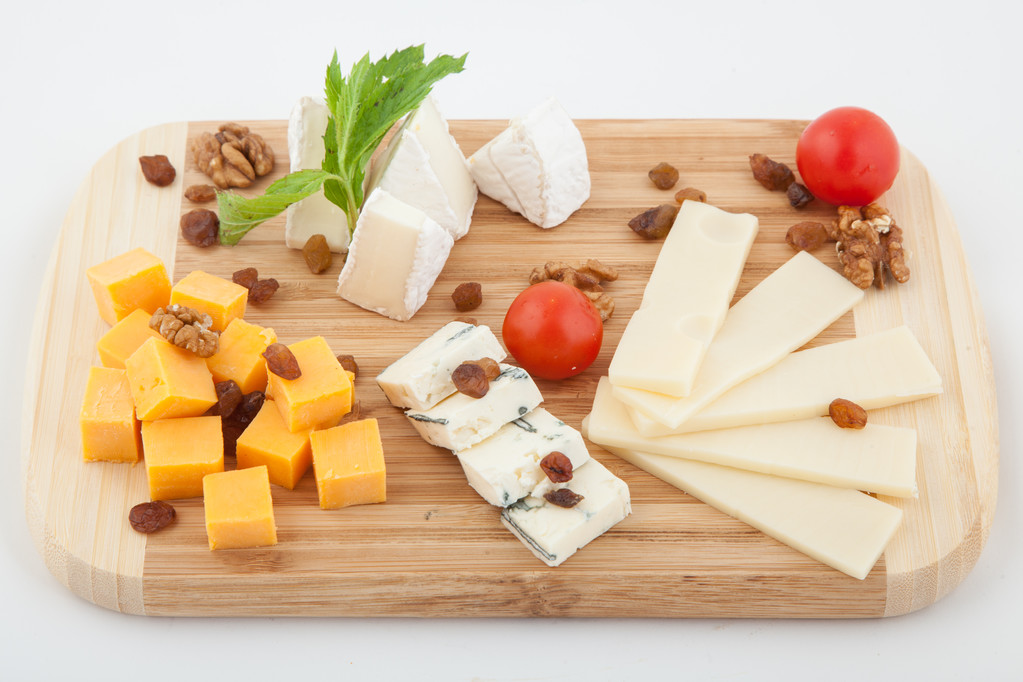Fasting allows you to get to know your body better. Fasting can also be the start of a healthy diet. If your garden provides you with an abundance of fruit and vegetables, an exciting processing alternative is to use a juicer to conjure up delicious juice creations. The convenient alternative to this are ready-made juice cures that you can buy. Natalie from the meine ernte team has discovered the topic for herself and has repeatedly noticed positive effects. After she has tested both methods several times, she can report on her experiences and has tips on what you should consider.
Fasting does not mean starvation!
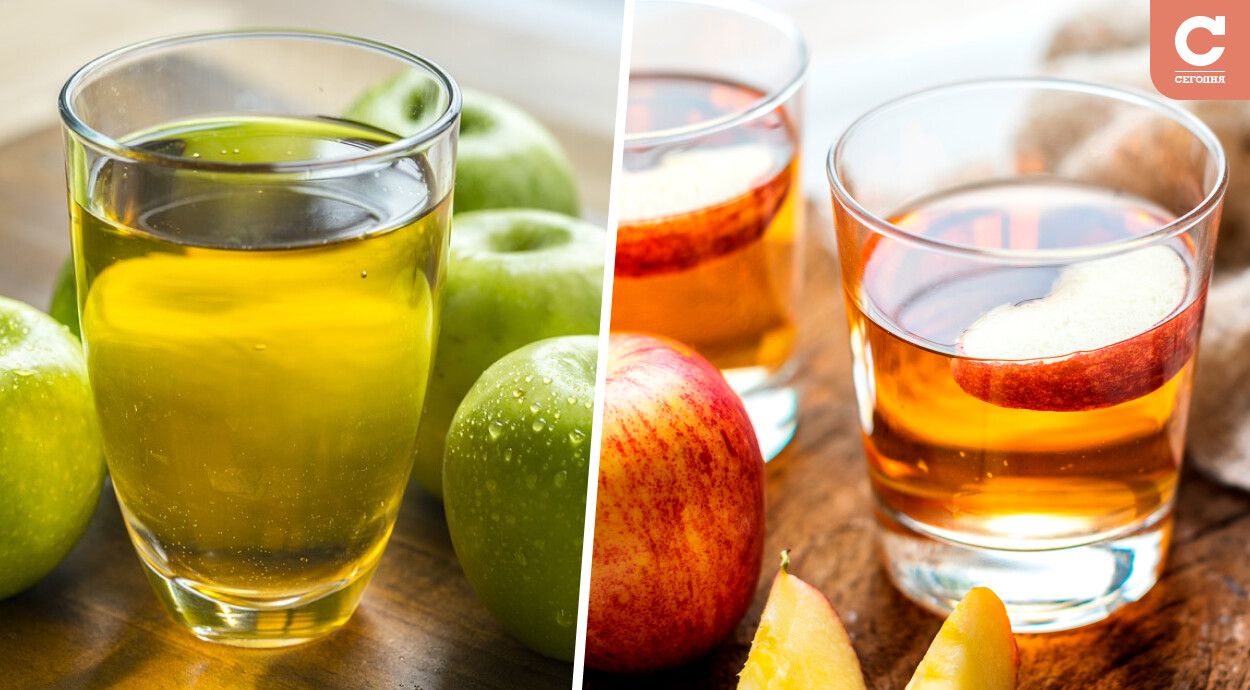
Classic fasting describes the renunciation of solid food and calories. Only water or herbal teas are drunk. In addition to classic fasting, many other methods are known: base fasting, therapeutic fasting, interval fasting, Schroth cure.
These fasting regimens do not forego 100 percent of the intake of food, but limit certain foods or certain times at which they are eaten.
Tip for fasting beginners: Guided therapeutic fasting provides security
There are guided therapeutic fasting courses (usually during Lent, i.e. in the 2-5 weeks before Easter). Here you will get instructions on which foods you can eat and which you should avoid. There you will be checked by a doctor every day and you can adapt the treatment individually to your body.
Juice fasting with fruit and vegetable juices
Juice fasting is also a suitable method for beginners. Here, only liquids are consumed over a certain period of time. This gives your digestive system a break. These include freshly squeezed fruit and vegetable juices, water, herbal teas or clear vegetable broths. Solid foods are not consumed during this time. The juices provide important vitamins and minerals. Although more calories are consumed with juice fasting than with other forms of fasting, the basal metabolic rate cannot be covered. That is why the fasting metabolism also occurs during the juice cleanse, in which the body has to fall back on its inner values due to a lack of calories.
Start slowly – three days is enough
If you are doing a juice fast for the first time, a maximum period of three days is recommended. Anyone who has developed a taste and tolerates the fasting cure well can extend the period to a week next time. As a rule, you should not fast for more than three weeks.
Fasting Rules
Nutritionist Ina from the meine ernte team advises:
The proportion of vegetables in your juice should always be greater than the proportion of fruit. This is how you reduce a high intake of fructose from fruit.
Take as much time drinking juice as you would eating solid food. Otherwise, the digestion step through the contact of the food with the saliva is missed.
listen to your body There is a risk that your body will not tolerate the high intake of raw fruits and vegetables well. If you get stomach problems, stop the fasting cure.
The juice fast is perfect for all healthy vegetable gardeners. We have compiled a list of the best vegetables and fruits for juice fasting:
Vegetables for juicing:
Leafy greens like chard, spinach, and kale
carrots
Beetroot
tomatoes
cucumbers
paprika
zucchini
Kohlrabi
Leek
celery
parsnip
Fruit for juicing:
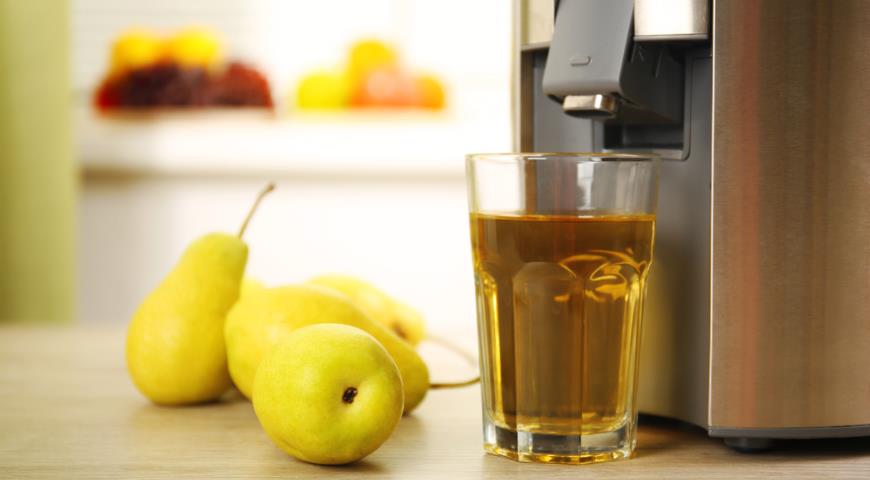
Oranges and lemons without peel
apples
pineapple
blueberries
pears
blackberries
apricots
plums
raspberries
grapes

